Dear photographers, video journalists, clients and people of the general public,
Some years ago, working as an independent photographer, I was asked to do a photography assignment in South Sudan by a non-profit organisation. The client needed new material for their fundraising campaigns, campaigns that were developed in detail prior to the shooting and with very specific ideas on how the stories would be told and how the images should look like.
It comes as no surprise that the briefing was as thin as the imagination of the person designing the campaign. I was asked to deliver specific images showing “a boy and a girl being reflected in the water” and other stereotype motifs.
This time, however, reality crossed my client’s “desk plans”. Being in South Sudan, I could not find any ponds or puddles with clear water that provided the reflection needed. I was stuck between wanting to to satisfy the client and the impossibility of finding the motif and producing an unauthentic image. I lost precious days and in the end had to find an alternative story nonetheless.
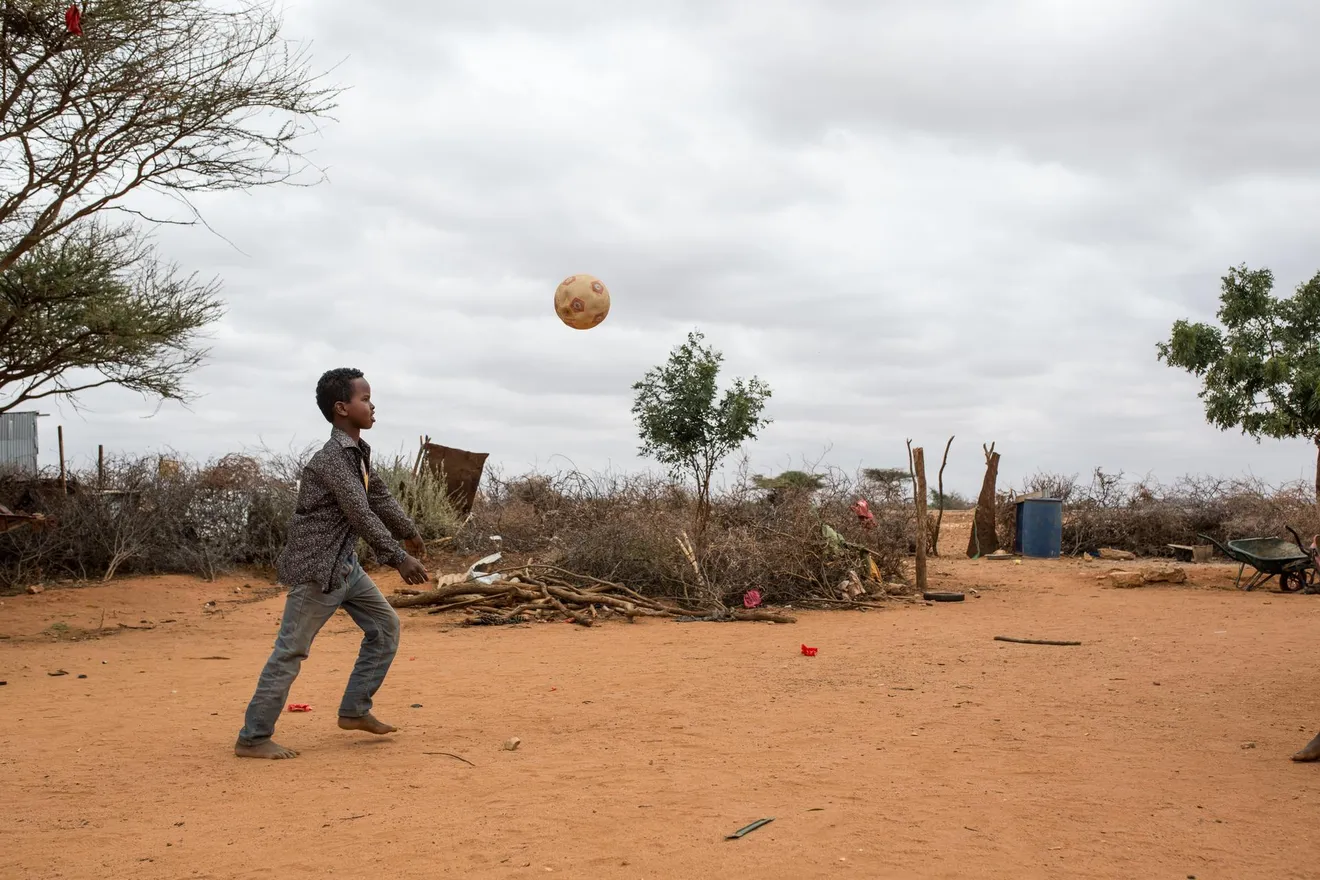
Photo: Mustafa Saeed / Caritas Schweiz / Fairpicture
Pia Zanetti
This experience (and many more of the same kind) convinced me that there is a need for a dialogue between photographers and clients about the nature of an authentic and dignified image – and for a moderator like Fairpicture who knows both worlds. Throughout my career, clients often demanded images that did not reflect the reality and left little room to capture the unique stories that presented themselves after spending a couple of days on the ground.
These diverging realities become even more important when working with local creators from the Global South. Good photographers and video journalists in the Global South know their craft, the local contexts and see the stories on the ground. Good communication experts know their audience in the North and are good at transporting their messages.
Both interests are valid but not necessarily aligned which creates suboptimal outcomes. The solution is to provide context instead of instructions: The communication manager explains the context of the North and the general idea on how he or she wants to communicate (through an open briefing). With this in mind, the visual creator in the South looks for fitting but authentic stories and explains the context and reality on the ground (through visual storytelling and high quality metadata). Both persons can work freely and know that their interests are taken into account by the other side.
Fairpicture invests a lot of time into this dialogue and mutual understanding. The team’s diverse background in marketing, communication, programming and photography reflects the interests of all stakeholders. I believe that this is, apart from the unique network of local creators, the main value proposition of Fairpicture.
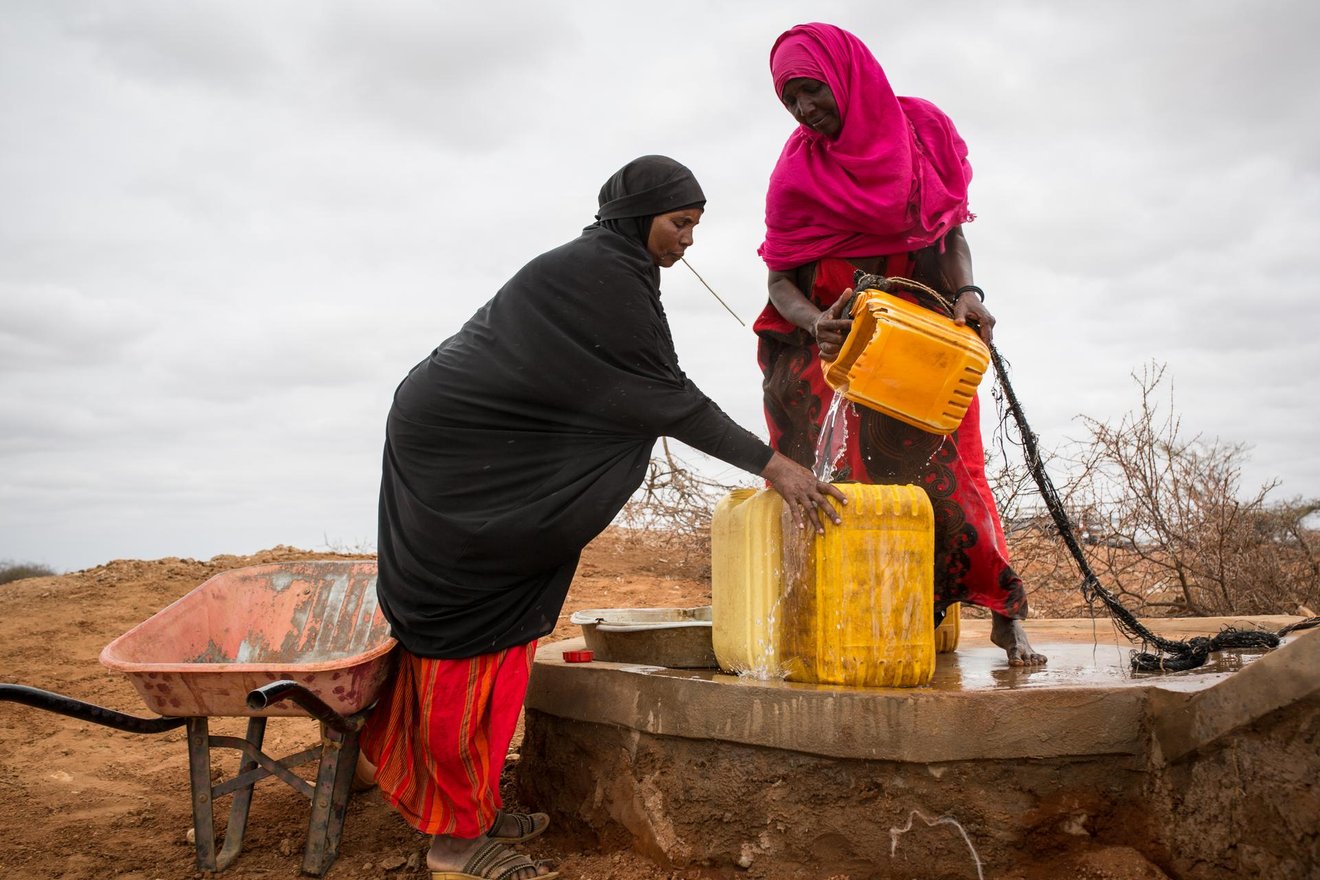
Residents fetch water at Ononleh village in Somaliland from a local well constructed by Candlelight and Caritas Switzerland.
Photo: Mustafa Saeed / Caritas Switzerland / Fairpicture
A lot has changed over the years. Since the beginning of my career, a lot more has become possible in photography and video journalism. Non-profits and companies increasingly look for authentic images and storytelling instead of scripted advertisement-like photography. Consumers have also adapted over time and are more critical toward stereotypes.
The same is true for visual creators in the Global South. They have developed their own voice and visual language and start to raise their voices against stereotypical briefings. The last assignment of Fairpicture in Somaliland works as a great example for this kind of alignment. The visual stories photographer Mustafa Saeed created in an assignment for Caritas Schweiz in August 2020 are both authentic and suitable for NGO communication.
Pia Zanetti, Photographer
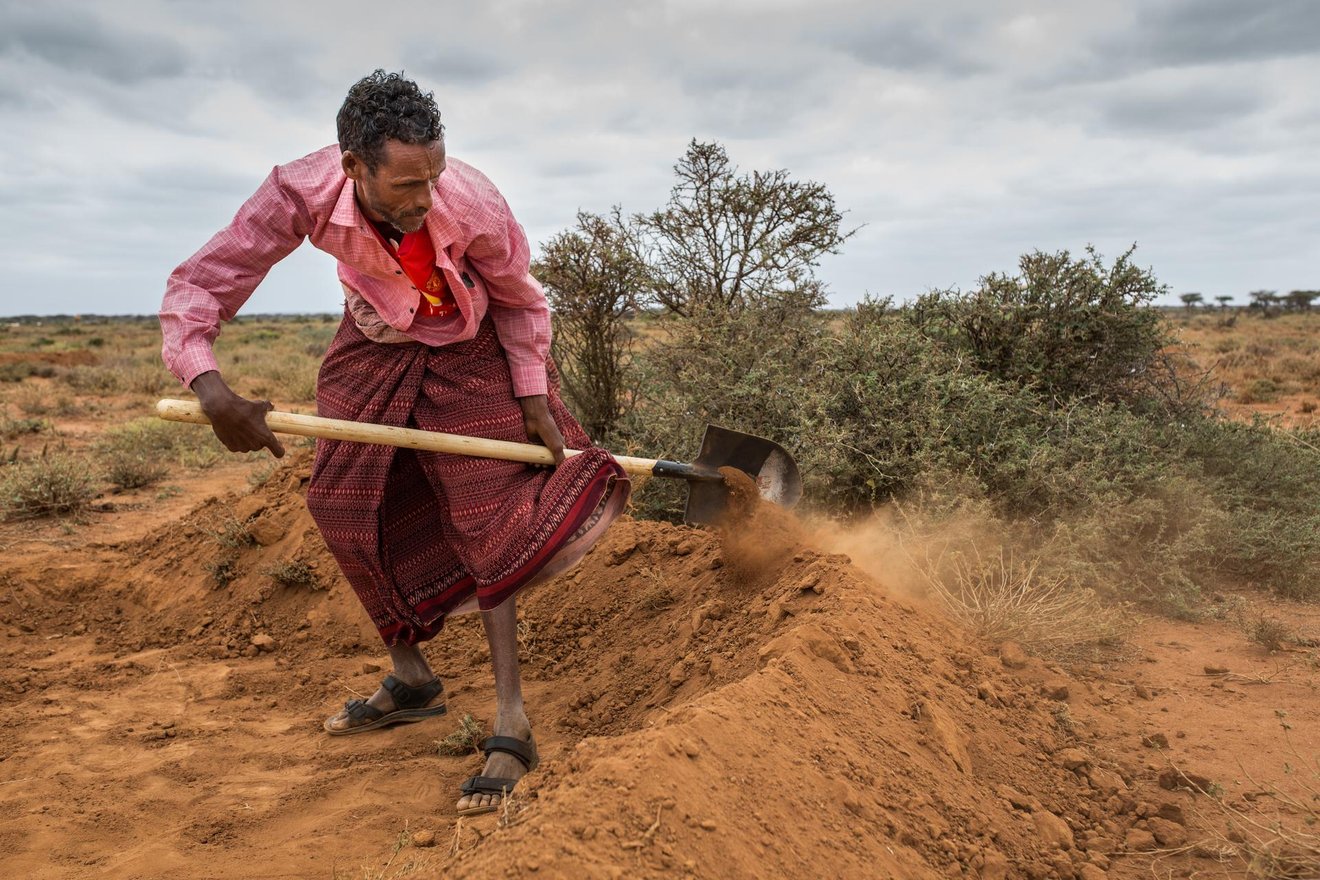
Inhabitant of Ononleh village in Somaliland working on rehabilitation streams in a project of the local NGO Candlelight and Caritas Schweiz.
Photo: Mustafa Saeed / Caritas Schweiz / Fairpicture
After these positive words, I want to close this article with a plea for all parties.
To companies and nonprofits in the Global North:
Continue your quest for authentic and compassionate storytelling. The trust you gain from consumers and the reward from working with authentic images and real stories is worth the effort!
To the creators in the Global South:
Insist on telling your own stories. Go the extra mile to find authentic stories that arise naturally instead of creating artificial situations. Use the leeway that is given in the briefings from clients, especially when working with Fairpicture.
To Fairpicture:
Continue the dialogue between clients and visual creators. Work on the instruments that align different interests between the parties. And sensitize the general public to demand authentic stories from non-profit organizations and companies.
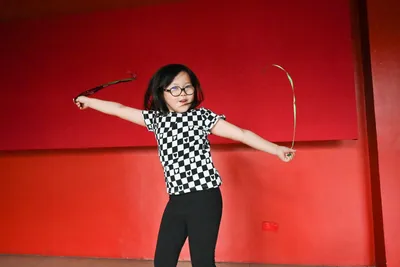
March 2022 - Jörg Arnold
Images are powerful, and those who communicate with them bear a special responsibility. It is important that communicating organizations handle images and the corresponding context and metadata with care.
Learn more about Pictures are more than illustrations
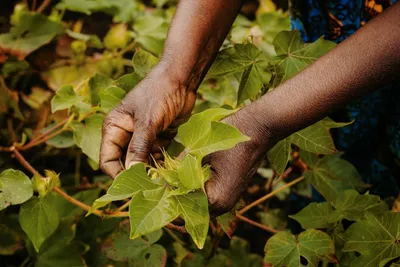
December 2022 - Miša Krenčeyová
– and that’s why it matters. Miša Krenčeyovás blog post about the starting points for striving towards fair representation.
Learn more about Representation is not reality – and that’s why it matters
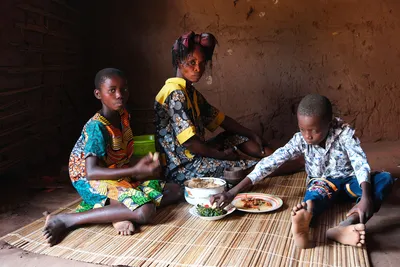
April 2025 - Laura Abad Guerrero
What OpenAI and Google’s copyright requests reveal about power, ownership, and ethical storytelling in the age of AI.
Learn more about AI, Copyright, and the Ethics of Consent